Introduction to Easements
An easement is a right granting limited use of another property, whether commercial or residential, that impinges on the owner’s otherwise complete title to the property’s ownership and use, known as an “encumbrance on the title.” An easement is similar to, although distinct from, the “lease” that grants someone the right to rent but not own a property, or the “license” that grants temporary, revokable permission to use a property in a particular manner (for example, the recreational use of private property). California law recognizes many kinds of easements, largely defined by California Civil Code §§801-813—for example, a utility company may hold an easement granting the right to run cables or pipelines through your property, which is known as an “easement in gross” and could restrict your right to build any structure that might impede the company’s access. As opposed to the easements covered here, the easement in gross benefits the holder of the easement, as opposed to the dominant property itself.
In this short introduction, we outline the basic definitions of a few common easements in California that most often occur when land is divided into multiple parcels, such that ownership of one parcel is granted while reserving some right of use or access to another parcel. The benefiting party is known as the “dominant estate,” while the burdened party is known as the “servient estate.” Such an easement may or may not be explicitly recorded as a written agreement. Of course, implicit easements are much more likely to create contention and, potentially, expensive litigation, so whenever possible a clear and explicit written easement is preferable, legally describing the exact bounds of the easement based on a survey and detailing conditions of reversion under which the easement will be revoked (such as a provision prohibiting transfer without consent). Furthermore, all easements can be either affirmative, allowing specific access or use, or negative, preventing specific access or use; here we focus only on affirmative easements. Always consult an experienced California real estate attorney to ensure that the legal language of the easement is unambiguous and binding. In most cases, however, problems requiring litigation will involve easements that are not backed by a written agreement.
EXPRESS EASEMENT
The most common easement is express easement, which is created via an explicit, written easement. Under an express easement, one landowner directly grants right of use to another. Typically, an express easement is created by language in the deed, including the identities of both parties and both estates, although a separate written agreement (or legal “instrument”) can establish an express easement. The easement does not technically need to be recorded, but an unrecorded agreement may not be ultimately enforceable in a court of law, so ensure that any written agreement is properly and legally recorded to avoid contentions in the future.
EASEMENT BY IMPLICATION
In an easement by implication, the court finds that while no explicit agreement exists, the situation implies that an easement was intended, and the need for use or access is obvious and permanent. Oral agreement can imply an easement, but easement by implication can be found even if there was no oral agreement in place if the implied use is “so obviously apparent that the parties should have known of the use” (Tusher v. Gabrielsen (1998) 68 Cal.App.4th 131, 141). An easement of implication is common when a tract of land is divided into multiple parcels: for example, a private road that served the original property may now belong to one parcel and not the others. In this case, rather than require the parcels to build their own roads, a California court might find there is an implied intention that two or more parcels were to share the use of the road, even though there is no written agreement directly granting use.
EASEMENT BY NECESSITY
An easement by necessity is a more limited version of easement by implication; rather than requiring the easement to be reasonably necessary, an easement by necessity requires that the owner of a parcel demonstrate strict necessity. As opposed to easement by implication, where the use is obvious and permanent, easement by necessity is usually argued where no prior use has existed and typically arises when land is newly divided into parcels that necessitate the easement (for example, the division of a plot of land has caused one parcel to become landlocked, without access to a public road except by an existing private road that now belongs to another parcel). The owner must show that there is absolutely no possible alternative for access to the property: no road can be built from the parcel itself without easement from another parcel.
PRESCRIPTIVE EASEMENT
Prescriptive easement grants use or access to a property that is adverse or hostile to the owner of the property: a claim of prescriptive easement must demonstrate “open, notorious, continuous, adverse use, under claim of right, for a period of five years” (Code Civ. Proc., §321; Civ. Code, §1007). The idea that such use must be “notorious” may seem odd, but the point is that the adverse use must be known to the owner, although the owner has not granted permission, and the party acts as if he or she does in fact have a right of use, even though the use goes against the wishes of the actual owner. Similar to easement by implication or necessity, this kind of easement does not require any written document to create it. Such an easement is typically granted for rights of ingress and egress from a property only, and thus has very specific requirements. Furthermore, the easement grants only such rights as are reasonably necessary to the prescriptive use, and thus any use that infringes on the property beyond those rights is considered trespass.
There are many more forms of easement under California real estate law, each with their own specific definitions and conditions. While we will expand on some of these forms of easement in future articles, it is critical that you consult with an experienced California real estate attorney on any question of easement or right of use.


